Drivers using the roads in the early hours of the morning are most likely to be involved in a high-speed collision, according to research by In-Car Cleverness (ICC).
ICC analysed data from 897 rental cars to show that the speed of vehicles involved in a collision peaks at 2am, when the impact speed of accidents hits an average of 36mph.
The speeds at which accidents occur increase steadily from the early evening, starting at 24mph at 8pm and rising by 53% over the next six hours. However, the highest collision speed recorded was 100mph, from a crash that happened in the evening rush hour.
The research also shows that the dangerous G-forces involved increases significantly along with the impact speed. Some 1am collisions recorded G-forces of up to 5.6.
Tim Eaves, commercial director at In-Car Cleverness, said: “Technology is giving us greater insights into the causes of collisions and the figures we have studied indicate that motorists are taking more risks when driving at night, when they can take advantage of the light traffic but when tiredness and the absence of daylight makes conditions more conducive to accidents.
“The ability to reconstruct accidents digitally is playing an increasingly key part in communicating the true impact of a collision and, in turn, has the potential to help to change attitudes towards speeding, while helping to reduce insurance disputes.”
The research also showed a worrying trend affecting rush hour drivers – between 4pm and 5pm, the average collision speed increased sharply by 18%, from 27mph to 32mph.
Eaves concluded: “The spike in average speed of collisions during the rush hour is also a concern for fleet managers. Driving at higher speeds results in a greater impact and, should a collision take place, the consequences for the vehicle occupants and the fleet overheads are inevitably worse.”
The report recorded data from collisions which took place from August 2014 to September 2014.





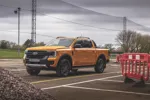
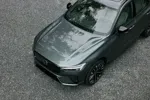
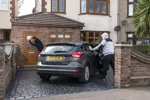
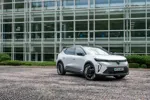






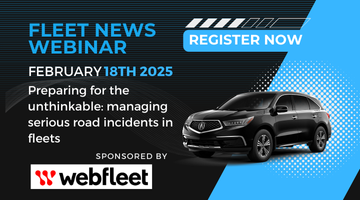
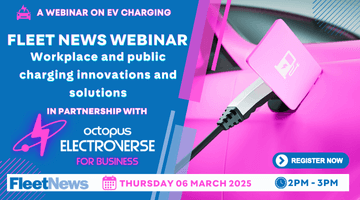


Darren - 03/12/2014 08:27
So what this is saying is that the speed of accidents increases when the traffic is able to move faster? I wonder how much this research costs?